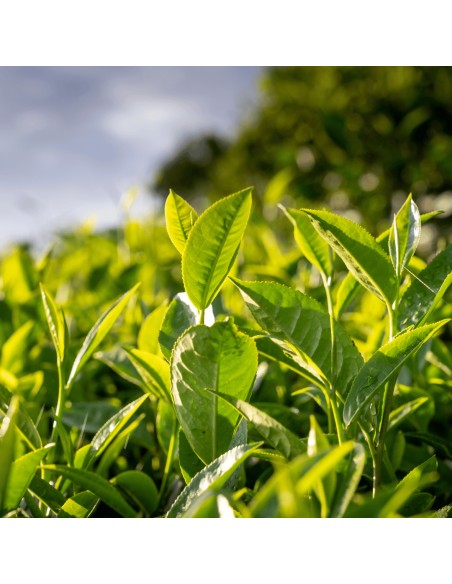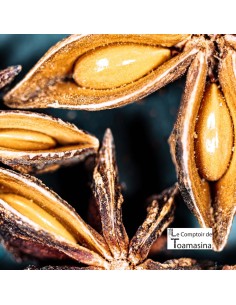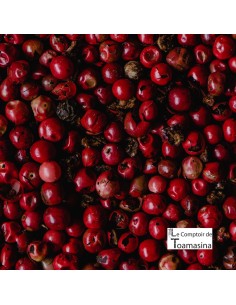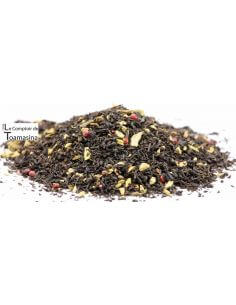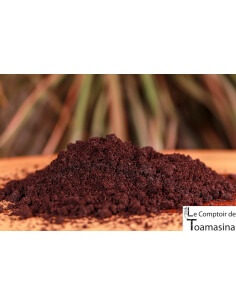There are a very large number of different green teas , such as white tea and black tea . Each tea will have its own aromatic power . Whether they come from China, India, Japan, Korea or Sri Lanka, each tea will have its own texture and liquor . Tea picking is the same everywhere in the world, the leaves are picked by hand, when we visited China, Vietnam and Brazil we discovered the same harvesting methods. Green tea contains less theine than black tea . Now let's talk about Sencha tea from Japan and China and the difference between green tea.
Sencha is a type of green tea, native to Japan, which is made from the leaves of Camellia sinensis , a small-leaved shrub specially cultivated for the production of tea. This Japanese tea is renowned for its unique flavor, often described as fresh, vegetal, or even slightly herbaceous . However, it should be noted that the nuances of taste may vary depending on the variety of Sencha used and the preparation method.
The process of making Sencha begins immediately after harvesting the tea leaves. These leaves undergo a crucial step: a brief exposure to steam. This steam treatment has a double advantage: it prevents the oxidation of the leaves and preserves the characteristic green color of Sencha , while intensifying its unique aromas and flavors. Then the leaves are gently rolled, shaped and dried to achieve the final tea shape we know.
It is important to note that Sencha is not exclusive to Japan; it is also produced in other regions of the world such as China and South Korea. However, taste characteristics can vary significantly due to different varieties of tea plants and the processing techniques used. Non-Japanese Senchas sometimes have a more toasty flavor and subtle nutty notes, which distinguish them from their Japanese counterparts, famous for their more grassy character.
Here, our choice was green on a Sencha green tea from China which is used for the preparation of fragrant green teas .



